Description
Latin: Sassafras albidum
Zones: 4-9
Other common names: Sassafras
Mature Height: 30-60 ft. It has a deep taproot (Missouri Botanical Garden). The crown is usually flat topped (Virginia Tech University). Difficult species to get established. Early spring planting recommended.
Soil / Climate: Tolerates a wide range of soil types including dry, sandy, and clay type soils. Grows best in moist, acidic, well drained sites. Will grow in full sun or part shade (Missouri Botanical Garden).
Notes: Root suckers are common, so if not removed the tree will begin to look more like a large shrub. Young trees look more like shrubs, but as the tree matures it becomes dense and has a pyramidal shape. In the wild it will form large colonies. It spreads by root suckers. In the spring, showy yellowish-green flowers grow on the ends of branches. They grow in clusters. On female trees, the flowers become bluish black berries which are less than ½ in wide. Each berry is on a scarlet colored receptacles and stalks. The fruit becomes mature in September. Leaves come in three different shapes; three lobed, two lobed (mitten), and single oval shape. They are each 4 to 7 in (10 to 18 cm) long, and are a bright green above and below (Missouri Botanical Garden). The leaves, when crushed, are fragrant. They grow alternately (Virginia Tech University).The fall colors are red and yellow. Smooth brownish orange bark on young trees. The bark becomes rigid as the tree matures. Wood is light and hard. All parts of the tree are fragrant. The oil has been used specifically for it’s distinct fragrance. Roots can be used to make tea. Native Americans used the oils from this tree in medicines. Although recently, the U.S. Food and Drug Administration has banned the oils (Missouri Botanical Garden).
Problems: There are no major disease or insect issues. But if tree is in more of an alkaline soil, the leaves might turn yellow, while the veins stay green (Missouri Botanical Garden).
Wildlife: Branches and leaves are eaten by whitetail deer. Branches, leaves, and seed is eaten by a wide variety of other mammals and birds.
http://www.missouribotanicalgarden.org/PlantFinder/PlantFinderDetails.aspx?kempercode=i820 http://dendro.cnre.vt.edu/dendrology/syllabus/factsheet.cfm?ID=84

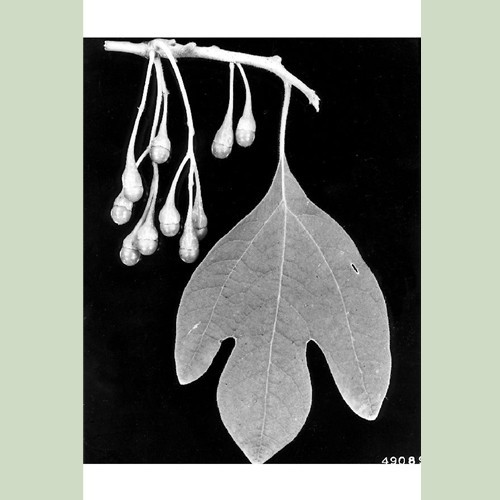
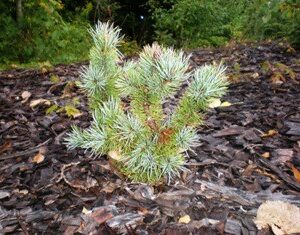
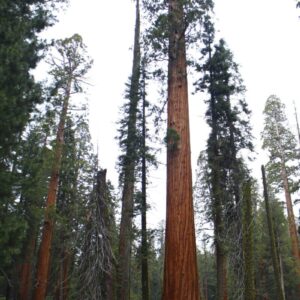
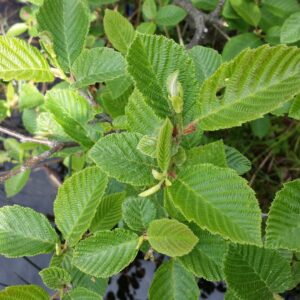
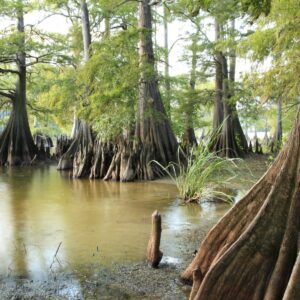
Reviews
There are no reviews yet.